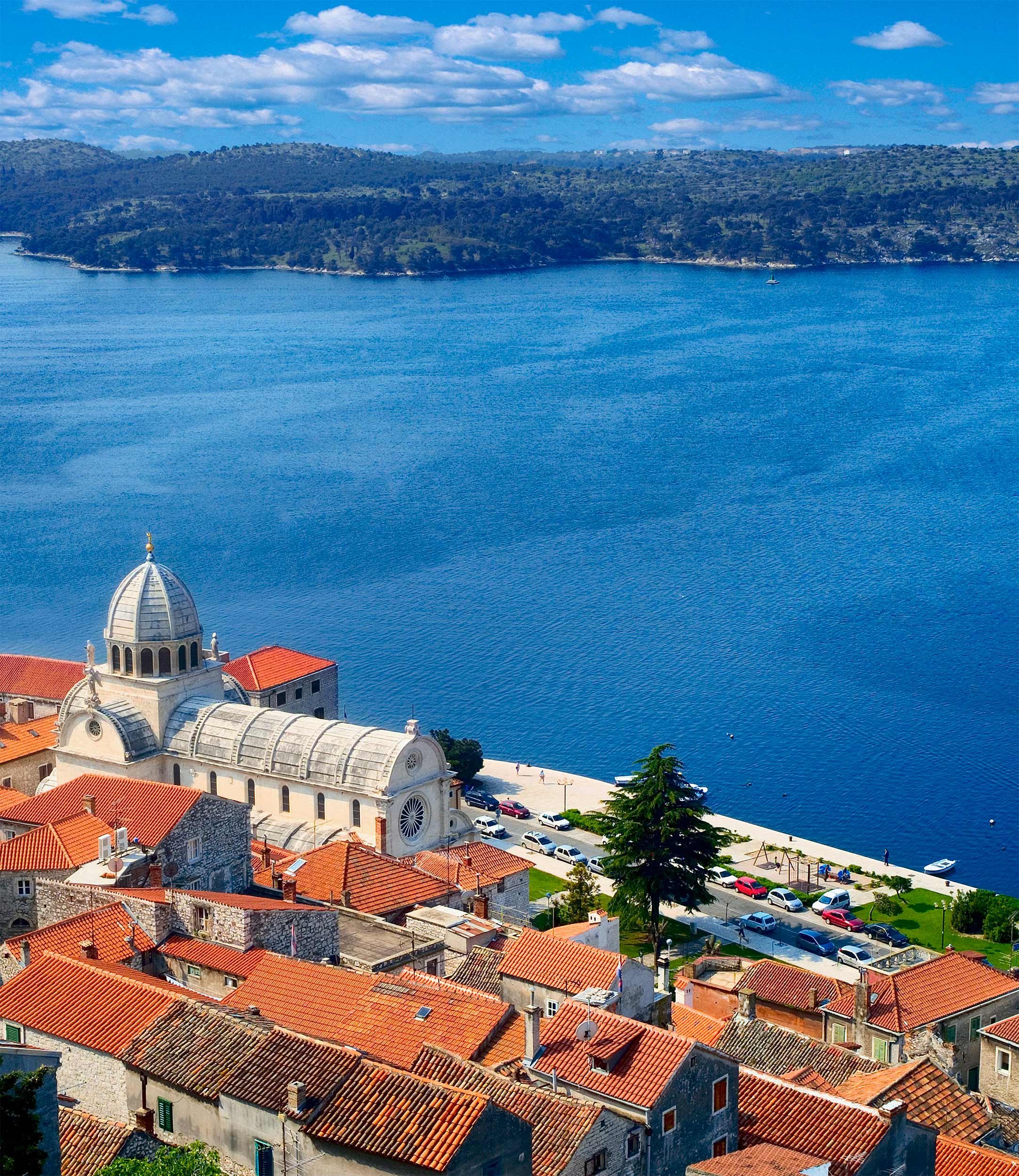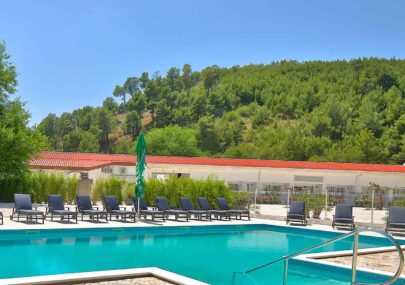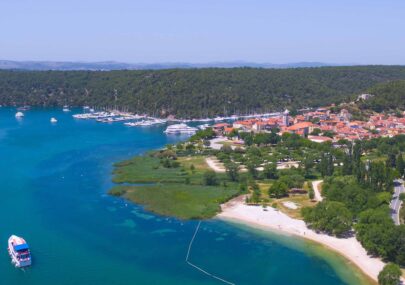
Šibenik
Š
ibenik (Croatian pronunciation: [ʃîbeniːk] (About this soundlisten); Italian: Sebenico) is a historic city in Croatia, located in central Dalmatia where the river Krka flows into the Adriatic Sea. Šibenik is a political, educational, transport, industrial and tourist center of Šibenik-Knin County and is also the third-largest city in the historic region of Dalmatia. It is the oldest native Croatian town on the shores of the sea.


